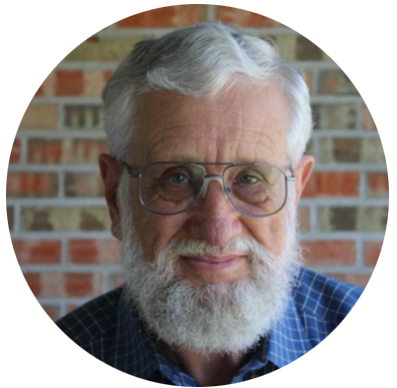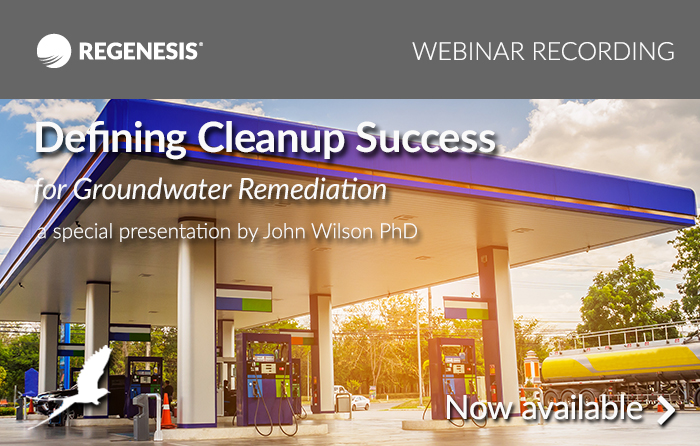In this webinar we are pleased to have a special guest presentation by John Wilson PhD, leading authority on monitored natural attenuation and Principal Scientist at Scissortail Environmental Solutions, LLC. Dr. Wilson poses the question: Do we need a better definition of success for cleanups at sites contaminated with residual NAPL hydrocarbons?
Learn the following in this free webinar:
- How to evaluate threats of the contaminated water to groundwater supply by understanding whether the contaminated water can move to a receptor well
- Tools in the market place to characterize the vertical distribution of transmissive and non-transmissive sediments at a spill site
- How to evaluate whether additional active remediation is necessary by understanding contaminant distribution, hydraulic conductivity, and the concentration of soluble electron acceptors
At many sites, the concentrations of contaminants in certain monitoring wells stay high regardless of how much work we do or money we spend. If the goal is to protect groundwater as a source of drinking water, focusing on concentrations in these monitoring wells can be misleading. Concentration data only have meaning in a geological context. It may not be necessary to clean all the monitoring wells to drinking water standards to be protective of the aquifer as a source of drinking water. The contamination may be bound up in silts and clays where groundwater flows slowly. To evaluate the threat of the contaminated water to groundwater supply, we must understand whether the contaminated water can move to a receptor well. If groundwater that leaves the spill site meets drinking water standards, then the aquifer has been restored as a source of drinking water.
There are a variety of tools in the market place that can characterize the vertical distribution of transmissive and non-transmissive sediments at a spill site, and the association between hydrocarbon contamination and hydraulic conductivity. Information on the distribution of contamination and hydraulic conductivity, along with information on the concentration of soluble electron acceptors (sulfate, nitrate, oxygen) in groundwater can be used to evaluate whether additional active remediation is necessary, or whether active remediation has reduced contamination at a spill to a point that is protective of the aquifer as a source of drinking water.
About the Presenter:
 John Wilson PhD
Principal Scientist at Scissortail Environmental Solutions
John Wilson is Principal Scientist at the environmental consulting firm Scissortail Environmental Solutions, LLC. Prior to working with Scissortail, Dr. Wilson served at the U.S. Environmental Protection Agency from 1979 to 2014 as the Technical Expert in Biotransformation Processes of Organic Compounds in Groundwater and the Subsurface Environment. He is the author of 61 journal articles and 14 books or book chapters on the topic of environmental science and groundwater remediation, as well as numerous government reports and conference proceedings. He holds a patent for Biodegradation of Halogenated Aliphatic Hydrocarbons and is the recipient of numerous honors and awards for his contributions to the field of environmental remediation.
John Wilson PhD
Principal Scientist at Scissortail Environmental Solutions
John Wilson is Principal Scientist at the environmental consulting firm Scissortail Environmental Solutions, LLC. Prior to working with Scissortail, Dr. Wilson served at the U.S. Environmental Protection Agency from 1979 to 2014 as the Technical Expert in Biotransformation Processes of Organic Compounds in Groundwater and the Subsurface Environment. He is the author of 61 journal articles and 14 books or book chapters on the topic of environmental science and groundwater remediation, as well as numerous government reports and conference proceedings. He holds a patent for Biodegradation of Halogenated Aliphatic Hydrocarbons and is the recipient of numerous honors and awards for his contributions to the field of environmental remediation.


